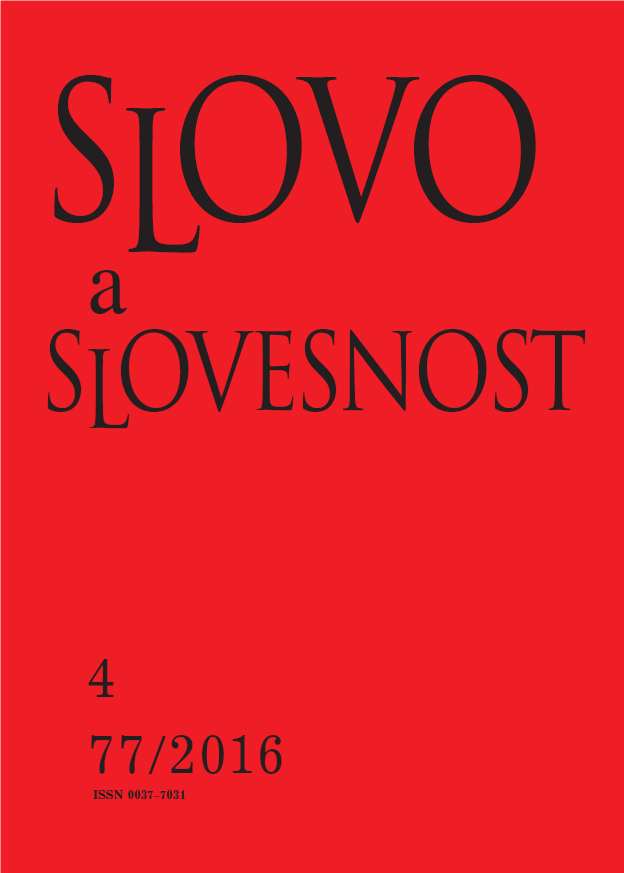From sound change to suppletion: case studies from Indo-European languages
From sound change to suppletion: case studies from Indo-European languages
Author(s): Ronald I. KimSubject(s): Language studies
Published by: AV ČR - Akademie věd České republiky - Ústav pro jazyk český
Keywords: suppletion; morphology; inflection; regularity; sound change; analogy; Indo-European
Summary/Abstract: Although suppletion has attracted increasing attention in recent years, there is still no accepted dividing line between suppletion and other types of morphological irregularity. It is argued that even explicitly ahistorical treatments have been biased by diachrony, so that forms which are known to have developed from regular paradigms, e.g. Ancient Greek heîs ‘one’ ~ fem. mía or English think ~ thought, tend to be treated as less “truly” suppletive than those which have no known common source. Such cases are not only to be classified as suppletive on formal grounds, but deserve closer attention than they have heretofore received from historical linguists. Given the widespread view that morphological analogy acts to regularize paradigms which have become opaque as a result of phonological changes, suppletion of this sort may be viewed as the logical end point of sound change acting over significant time depths. Any diachronic typology of suppletion must therefore distinguish between paradigms composed of historically unrelated stems, and those whose stems have diverged through the cumulative effects of phonological change. With their long written records, Indo-European languages furnish numerous examples of the latter type.
Journal: Slovo a slovesnost
- Issue Year: 77/2016
- Issue No: 4
- Page Range: 354-370
- Page Count: 17
- Language: English

